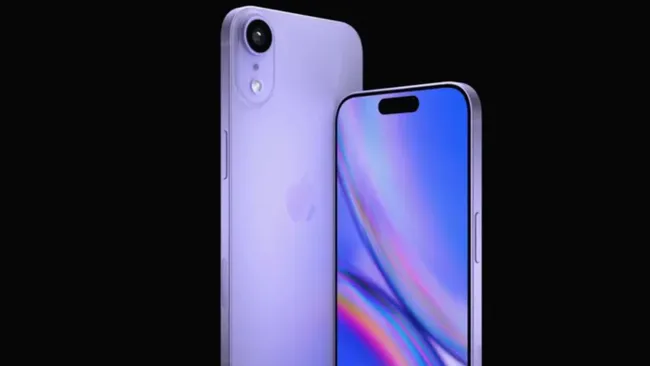The big picture: A debate surrounding Northeastern’s computer science curriculum highlights the ongoing challenges in higher education about how to best prepare students for rapidly evolving technical fields. While Python is currently popular in the industry, the choice of programming language for teaching should be based on pedagogical merit rather than current trends, writes one student.
In a recent op-ed for The Huntington News, Derek Kaplan, a fourth-year Computer Science student at Northeastern University, presented a compelling argument about the future of computer science education at his institution. The piece comes in response to Northeastern’s announcement of a complete overhaul of its computer science curriculum.
Kaplan makes the case that the rapidly evolving nature of the tech industry requires a focus on timeless principles rather than current trends and that an effective curriculum should emphasize fundamental principles that are widely applicable, enabling students to easily adapt to new technologies in their future careers. “A curriculum focused on current industry trends risks becoming obsolete before students even graduate,” he noted.
Northeastern’s current curriculum, particularly the “Fundies” courses, focuses on systematic program design and problem-solving skills. These courses teach a design recipe that provides a consistent formula for tackling unfamiliar problems, training students to reason about code “rather than to mindlessly write it,” he said.
The “point of Fundies is … to teach program design skills that can be applied using any programming language… A student who does well in Fundies will have no difficulty applying the same skills to Python or any other language.”
However, the proposed changes to the curriculum have raised concerns. The plan is to phase out core courses like Fundies 1, Fundies 2, and Object-Oriented Design in favor of new courses primarily teaching Python, which Kaplan sees as potentially misguided.

Racket, the language currently used in introductory courses, was chosen for its teaching-oriented features, which Python lacks. Kaplan also views as problematic the decision to allow students to place out of new courses with AP Computer Science credit, as AP courses do not teach the same systematic design skills as Northeastern’s current introductory courses.
These changes suggest a shift away from systematic program design as a central aspect of the curriculum, which could leave students ill-prepared for advanced coursework and future careers. The Object-Oriented Design course, while challenging for many students, teaches essential skills such as working with code written by others and managing large software projects.
Kaplan also questions the motivations behind the curriculum change, suggesting that it may be driven by a desire to make the core curriculum easier and reduce the number of students withdrawing from certain courses.
“I know one professor who has been telling students that the college wants to reduce the number of students who withdraw from Fundies 2 and Object-Oriented Design. While this is an understandable sentiment, it would be a mistake to remove the most important parts of the curriculum to do so.”
Finally, he notes that experienced teaching assistants could provide valuable input into the curriculum revision process. Their unique perspective, having both taken the courses and helped other students succeed, could help ensure that core principles are not compromised while allowing for beneficial changes.
“As a former teaching assistant, or TA, for Object-Oriented Design, I have seen many students struggle through the class. But I have also seen those same students become better programmers because of what they learn in that class.”








Leave a Comment